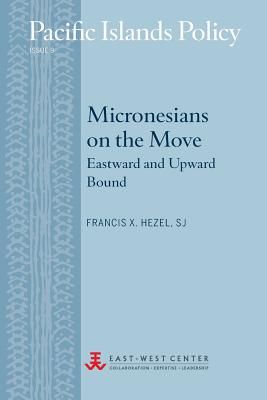Home
Micronesians on the Move: Eastward and Upward Bound
Loading Inventory...
Barnes and Noble
Micronesians on the Move: Eastward and Upward Bound
Current price: $10.00


Barnes and Noble
Micronesians on the Move: Eastward and Upward Bound
Current price: $10.00
Loading Inventory...
Size: OS
*Product Information may vary - to confirm product availability, pricing, and additional information please contact Barnes and Noble
Is rising emigration proof of a Pacific Island nation's failure to fulfill its economic promise and provide the jobs that its citizens seek in a modernized society? Or is it a legitimate alternative development strategy that depends on the export of surplus labor in lieu of the more conventional methods recommended by donor nations and international financial institutions? In this report, Francis X. Hezel, SJ, sheds light on these questions by reviewing the 30-year history of migration from one Pacific Island nation, the Federated States of Micronesia (FSM) and examining the current status of its migrants. Hezel reports that although out-migration from the FSM began in small numbers in 1980, the outflow intensified when the Compact of Free Association went into effect in 1986. In return for exclusive strategic access by the United States, the Compact granted FSM citizens free entry into the United States and its territories to establish residence and work. This report traces the growth of the early Micronesian communities on Guam and Saipan, and the subsequent migration eastward to Hawai'i and the continental United States. Today, one-third of all people born in the FSM live outside their island nation. Hezel presents the results of a groundbreaking 2012 survey of Micronesian migrants, showing that an ever-increasing segment of the migrant population is putting down roots in the US mainland. There, despite difficulties they encounter, these individuals and families are able to find more plentiful jobs, a reduced cost of living, and an environment without some of the negative stereotypes that grip fellow migrants in Guam and Hawai'i. Hezel tracks the changes in their living conditions and shows that even if Micronesian migration continues at the same pace as in the past, it is clear that the living conditions of these FSM citizens are improving, as are their potential contributions to American society and to their friends and family back home.


















